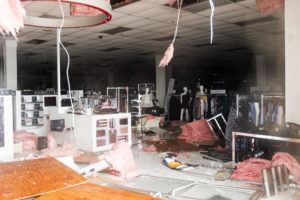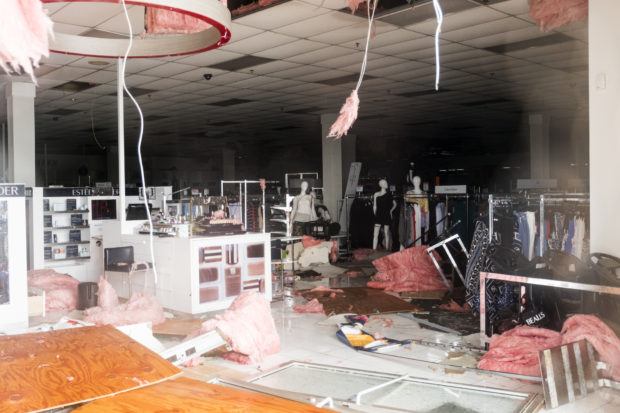
In the wake of Hurricane Harvey and its aftermath along the Texas coast, one ominous reality has emerged: just over 50 percent of residential and commercial properties in metro Houston likely lack flood insurance coverage.
While that presents potentially less pressure on private
A CoreLogic analysis determined that 52 percent of residential and commercial properties in the Houston area are either at high or moderate risk of flooding, but they’re not in a Special Flood Hazard Area as identified by the Federal Emergency Management Agency.
As CoreLogic explains, a SFHA zone which is categorized as extreme or very high risk, and properties inside such an area must legally have flood insurance if the property has a federally insured mortgage.
That’s troubling because metro-Houston has been typically hard hit by Harry and the days-long torrential rain and floods that have followed.
“Typically, most homeowners, and even many businesses who are not required to carry flood insurance do not do so,” said Tom Larsen, principal, Industry Solutions for CoreLogic. “While FEMA flood designations are important and provide an indication of flood risk, flood insurance may still be recommended for properties on in an SFHA.”
Lasen added that if property owners in an SFHA area ” don’t have insurance, which is offered primarily through NFIP and also through private insurers, then they are not covered in any event of flood.”
Harvey hit as Congress has been focusing on overhauling the National Flood Insurance Program, which expires on Sept. 30. Legislation underway in both the House and Senate would renew the NFIP but also bring on reforms such as changes to encourage more private insurance.
The NFIP, which has been experiencing deficits for years, could face increasing red ink because of the unfolding disaster in Houston and surrounding regions.
Source: CoreLogic





















 Breaking: Andersen to Replace Zaffino as CEO of AIG on June 1
Breaking: Andersen to Replace Zaffino as CEO of AIG on June 1  Is the AI Boom a Bubble Waiting to Pop? Here’s What History Says
Is the AI Boom a Bubble Waiting to Pop? Here’s What History Says  Northern California Flooding This Weekend Caused by Heavy Rain, High Tides
Northern California Flooding This Weekend Caused by Heavy Rain, High Tides  What to Expect in 2026: U.S. P/C Results More Like 2024
What to Expect in 2026: U.S. P/C Results More Like 2024 











